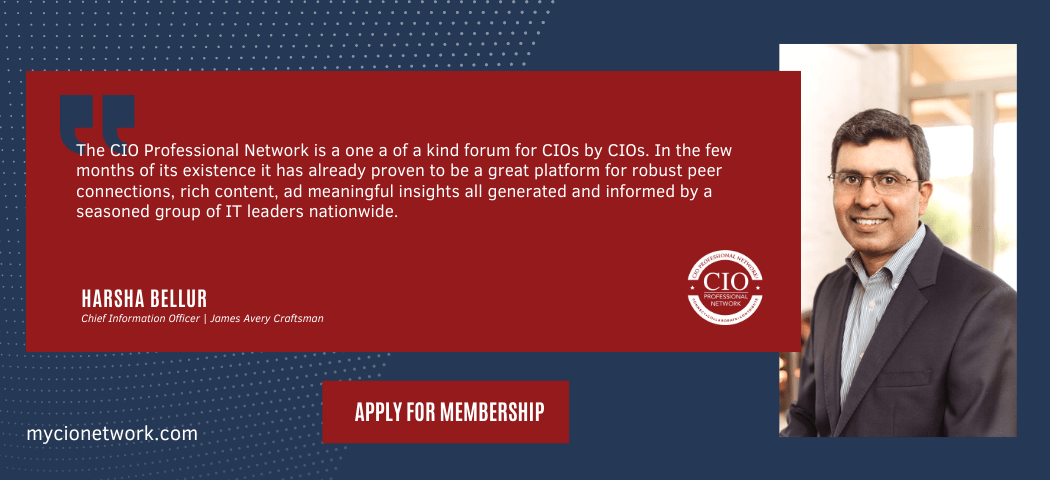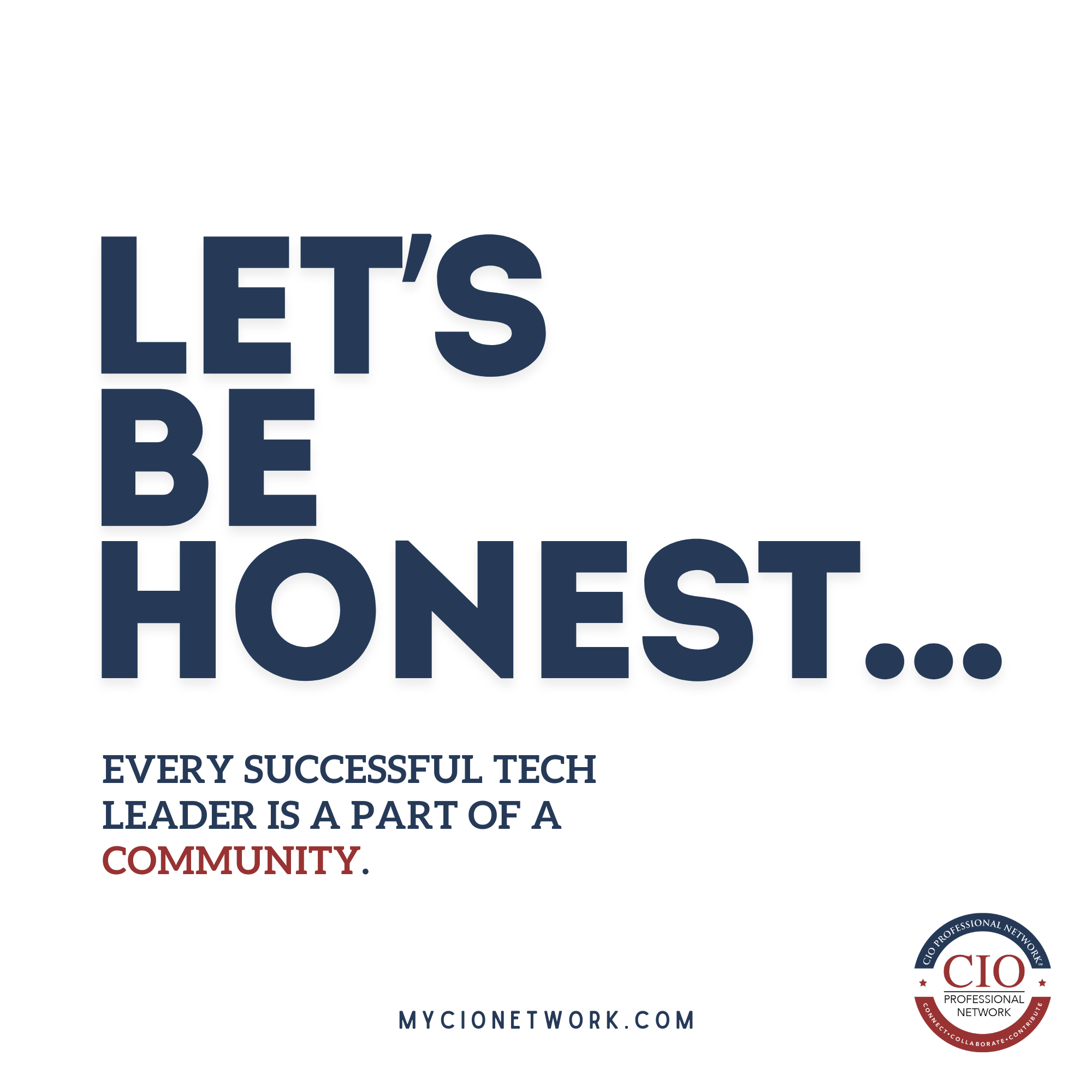BCG’s 2025 CIO Spending Pulse is making waves with a clickable headline on tariffs and that cost control now rivals growth as a top priority. But a closer look at the underlying data reveals a more compelling and overlooked insight: 36% of CIOs still chose “enable company growth” as their number one strategic priority, making it the most cited top goal across all respondents.
Rather than portraying CIOs as shifting away from innovation, this stat tells a different story: a significant cohort of forward-thinking IT leaders are still putting growth at the center of their strategic focus, even while managing cost pressures. These CIOs aren’t retreating from bold investment, they’re doubling down on high-impact initiatives that scale the business, elevate customer value, and future-proof the enterprise.
Overemphasizing cost control, especially in headlines or executive discussions, risks creating a chilling effect on long-term innovation. The nuance in the data shows that CIOs aren’t shrinking their goals, they’re refining how they pursue them, leveraging automation, rebalancing budgets, and investing in scalable capabilities that enable future growth.
The real message is not about cutting back, it’s about growing smarter.
Why It Matters: The fact that over a third of CIOs still lead with growth as their highest priority, despite persistent macroeconomic pressure signals a strong and deliberate confidence in technology as a driver of business expansion. This insight is critical for boards, CFOs, and executive teams: it reframes IT strategy not as a story of risk aversion, but as one of strategic discipline paired with bold ambition. If this nuance is missed, organizations may over-index on short-term savings at the expense of competitive resilience.
- “Enabling Growth” Is Still the Most-Cited Top Priority: Although cost management appears in more top-three lists, enabling company growth is the most frequently chosen number one priority. This suggests that while CIOs are under financial pressure, they still view IT as a growth catalyst, not a cost center. The data shows CIOs are strategically navigating dual imperatives, not prioritizing one over the other, but managing both simultaneously to drive sustainable transformation.
- Cost Control as a Pathway to Strategic Reinvestment: The emphasis on cost isn’t synonymous with retrenchment. Instead, many CIOs are freeing up capital by decommissioning legacy systems, streamlining operations, and reducing redundant vendor contracts, then reinvesting in areas like cloud scalability, cybersecurity, and data platforms. These efforts aren’t defensive; they are repositioning the organization for more agile and profitable innovation in the years ahead.
- Smart Spending on AI and Automation Serves Both Sides: BCG itself notes that CIOs are investing heavily in AI and automation. What’s critical is why: these technologies are not just about doing more with less, they are strategic force multipliers that improve time-to-market, decision-making, and customer experience. The CIOs focused on these technologies are enabling future growth while optimizing cost structures, achieving both imperatives with one lever.
- Talent Retention and Upskilling Signal Growth Ambitions: One of the clearest indicators that CIOs are not retreating is their continued investment in people. Despite cost concerns, many are prioritizing digital skill development, cloud certifications, and transformation training, initiatives that support long-term innovation. A purely cost-cutting mindset would stall workforce development; the opposite is occurring in most forward-leaning organizations.
- The “Dual Mandate” Reflects Leadership Maturity, Not Conflict: CIOs who simultaneously prioritize cost control and growth aren’t confused, they’re adapting. The modern CIO must operate in volatility, balancing risk and opportunity. This dual focus is not a contradiction but a reflection of the evolved role of IT leadership: guiding the business through uncertainty without stalling momentum.






